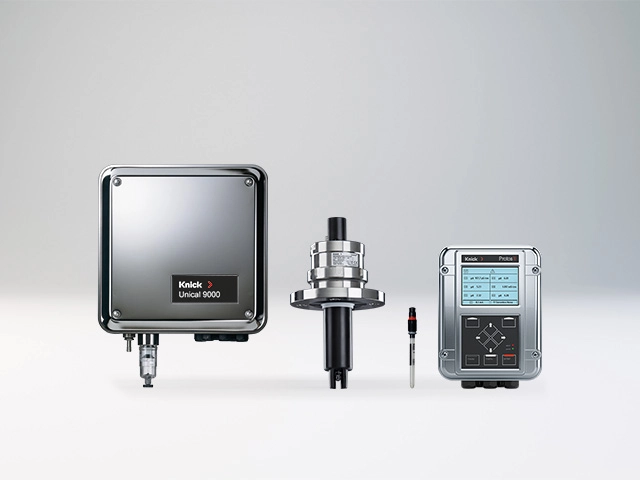PID 3400-121 Configurable Controller Module | For Protos | Analog, digital or PID controller
Product number:
PID3400-121
Description
PID 3400-121 Configurable Controller Module | For Protos | Analog, digital or PID controller
PID Controller Module with 2 Current Outputs and 4 Relay Outputs
- Continuous controller for the actuation of control valves
- Quasi-continuous pulse length/pulse frequency controller for the actuation of straightway valves or metering pumps
- 2 free limit contacts, e.g. for 3-point control of secondary control processes
We look forward to hearing from you!
Contact Us
| Communication (Output, Digital): | Analog 4 ... 20 mA |
|---|---|
| Explosion protection: | No |


















